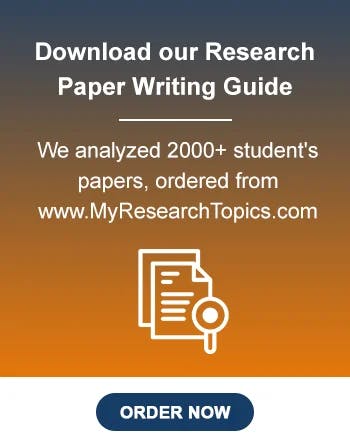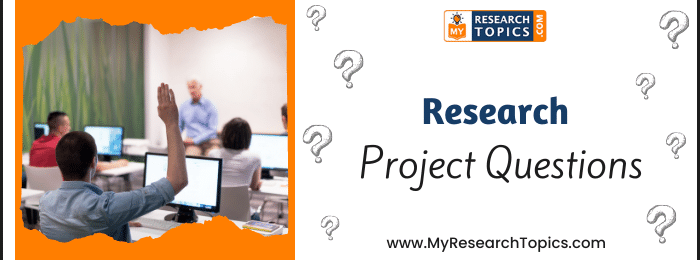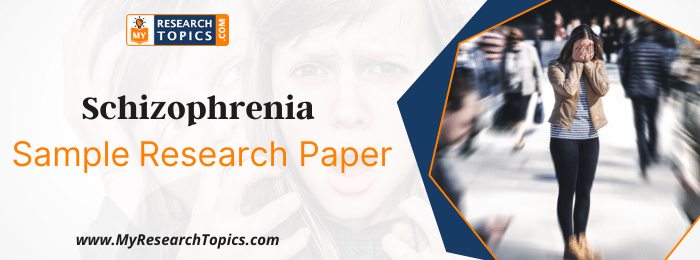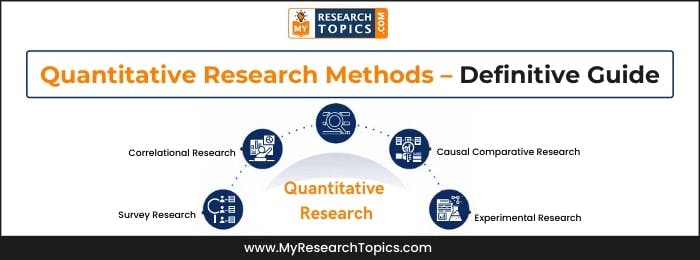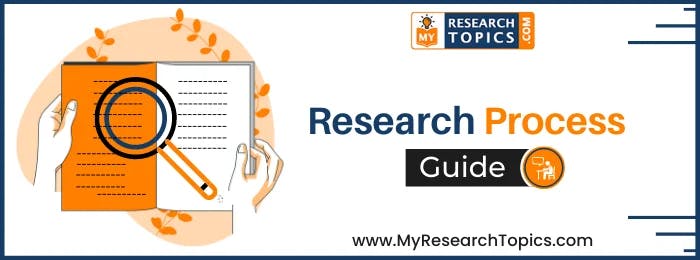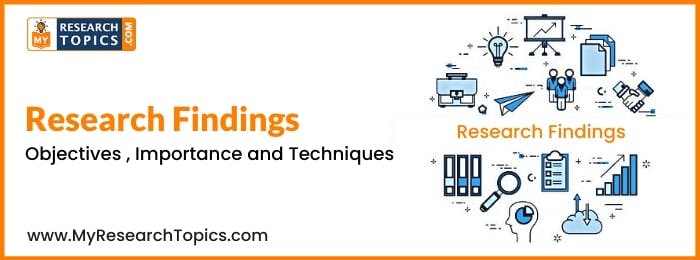Content Analysis for Research – Complete Guide
Published 16 October, 2023

Content analysis is an important part of the research. It allows for the systematic examination and interpretation of a large body of information that can be used to develop new knowledge or test existing theories. Content analysis is a research method that provides insights into the relationship between content and context, or what people are saying about a particular topic. The results of content analysis can be used to inform decision-making in marketing, public relations, and other fields. This blog post will discuss how to do content analysis, including what it is and its types, use, advantages, and disadvantages.
Concept of Content Analysis for Research
Content analysis is a research technique for systematically analyzing written, visual, or spoken communication. It involves breaking down and examining the meaning of communication into its separate elements in order to identify patterns, relationships, themes, and trends.
Content analysis can be either a quantitative or qualitative approach which the researcher applies for analyzing the text. It is a type of analytical technique that you can apply in different types of research such as media, marketing, sociology, etc. It is a research technique that mainly emphasizes actual content. You can also consider content analysis to be the procedure of data analysis where the researcher performs an investigation on content within a message.
For example, The report containing information about the weather conditions of a particular location in the next few days. By analyzing the text or content you can easily make your judgment about traveling to a specific location.
Example of content analysis in quantitative and qualitative research
Quantitative research: An investigation which the author performs with the purpose of identifying the issues in employment. Investigators by analyzing the speech of different speakers in a campaign researcher can easily identify the frequency of words like jobs, work, and employment. They can utilize statistical techniques for analyzing the difference in a speech of different people during the campaign.
Qualitative research: Using the same above example, but here the researcher will require to locate the terms in speech and the investigator will require to address the other phrases that candidates have used for describing the term employment issues. Some of the candidates may have to use the terms laziness, unemployment for describing the situation of employment.
Therefore, considering the fact the researcher will need to develop an understanding of the relationship between two different terms.
Different types of text in content analysis
The various types of texts in the content analysis are:
- Written text: Such types of text include books journals etc.
- Oral text: It includes oral speech.
- Iconic texts: These are basically drawing, paintings, etc.
- Audio-visual text: It includes TV programs, videos, movies etc.
- Hyper texts: These texts are generally found on the internet.
Uses of content analysis for research
Uses of content analysis in research are:
- Content analysis is an analytical technique that which you can use for performing both qualitative and quantitative research methods.
- You can apply content analysis in different fields such as media, marketing, cultural studies, etc.
- It is the analytical technique that the researcher uses for analyzing the global differences in communication content. You can also use this technique for analyzing the effectiveness of communication during the first meeting with the supervisor.
- The researcher uses Content analysis for judging intention, the purpose of an individual or group of people. Students can use content analysis to judge the intention of the tutor before making the final choice of the Dissertation supervisor.
- Content analysis also provides you with ease in analyzing or addressing the emotional state of an individual.
- You can utilize the content analysis for determining the effect of external components present in the environment such as laws, code of conduct, culture, etc on message.
Importance of content analysis for research
- Content analysis is very much important as it enables you to develop an understanding of the relationship between various concepts in a text.
- In addition to this, content analysis is important as it will help you in developing the understanding of content and would support in addressing its key features.
- The content analysis is significant as it will help you in eliminating the unstructured content in a text.
- It will also support you in identifying the important facts in the content. It will also help you in determining the behavioral response to communication.
- Content analysis has great importance as it helps you to increase the validity of outcomes by applying the techniques for eliminating biases.
Types of content analysis for research
The two most common types of content analysis for research are:
Conceptual analysis
It is basically a type of content analysis that mainly involves quantifying the presence of the specific term in a text. Conceptual analysis entails the identification of concepts in the text. Rather than identifying specific words as such, concept analysis allows you to search for groups of words as they relate to a specific meaning or concept.
Relational analysis
It is a procedure that includes the identification of concepts there in the text. The relational analysis mainly emphasizes on examination of the relationship between various concepts present in a text. The relational analysis goes one step beyond the identifying of concepts and attempts to find meaningful relationships between multiple occurrences.
For example, analysis of the speech given by the president of America on health care services. While analyzing the speech of the president on health care services, the investigator will be more interested in quantifying the number of times positive or negative words for health care services are used by the president which is considered as conceptual analysis. But in relational analysis, the researcher is more concerned about analyzing the relationship between the texts and positive and negative words in speech.
Advantages of content analysis for research
You can get various advantages by utilizing content analysis. Some of the advantages are:
- Through content analysis, you can easily analyze the pattern of communication.
- You can utilize content analysis for performing both Quantitative and Qualitative operations.
- Another biggest advantage of content analysis is that it enables to development of the understanding of complex models related to the use of language or human thoughts.
- You can perform content analysis anytime and anywhere.
Disadvantages of content analysis for research
There are some disadvantages of content analysis for research:
- It is quite a time-consuming procedure
- There are high chances of error in the case when you use relational analysis for the purpose of interpretation of a text.
- It could be quite difficult to automate.
- It comprises of word count.
- Content analysis disregards the context which creates text.
- There are high chances of bias ness while performing coding of units.
Process of conducting content analysis for research
Before planning to perform the content analysis for research, you will require to formulate research questions.
For example: Is there any difference in a speech given by different candidates on employment issues during a social campaign?.
The further process of content analysis in research includes the different phases these are:
Step 1 – Selection of content for analyzing
It is the research question that you have select that will help in the selection of text. You need to identify the problem as to the first and foremost step.
- After making the choice of text you need to determine the medium that is sources of content. The different sources of content could be a website, speeches, and newspapers.
- After the selection of medium, you will require to establish a criterion for inclusion such as a newspaper that contains a description of a particular program or website.
- Then at the next phase, you will need to set parameters such as location, date range. If in case you are planning to analyze the large volume of text then in such a situation you will need to perform sampling for electing few people as simple in research.
For example, Media representing employment issues, and you intend to examine the article in news. As it is a large volume of content then you will need to select a few newspapers by applying the sampling method in research.
Step 2 – Defining the Units and categories of analysis
It is basically a phase in the content analysis where you need to establish the standard in order to analyze text.
- Develop useful, valid categories based on researchable questions
- Test a few items as a team or unit (either independently or as a group) to identify items that may be ambiguous or still need further clarification
- Code a subset of items using two independent analysts
- Refine categories, defining specifications about what should be included as well what should not be included when there may be uncertainty to ensure the reliability of coding
For example, you need to record the frequency of the term. In addition to this, you will also require to determine the categories which you can use for the objective of coding.
Step 3 – Develop a set of rules for coding
It is a stage in a content analysis where you need to arrange units according to the predetermined sequence. Here, it is very much essential for you to clearly define the regulation before performing coding as these tactics will help you in making the research methodology more consistent.
For example, considering the above example, you have to use the economy as a category. Then you have to determine that which term can relate to the employment issue,
Step 4 – Content coding according to the rules
You for performing the content-coding are needed to record all relevant information in their suitable categories. You code the text and record all the data in categories. This is done manually, but it can be computerized to make the process of counting and categorizing words and phrases a speedy task.
Step 5 – Analysis of outcomes and draw conclusions
Based on the coding scheme, review items by category – a number of items, percentage of items coded to this category, themes that emerge. It is a phase where you need to examine the information by doing so you will be able to identify pastern and make a research paper conclusion.
Other Related Guides
- Research Project Questions
- Types of Validity in Research – Explained With Examples
- Schizophrenia Sample Research Paper
- Quantitative Research Methods – Definitive Guide
- Research Paper On Homelessness For College Students
- How to Study for Biology Final Examination
- Textual Analysis in Research / Methods of Analyzing Text
- A Guide to Start Research Process – Introduction, Procedure and Tips
- Research Findings – Objectives , Importance and Techniques
- Topic Sentences in Research Paper – Meaning, Parts, Importance, Procedure and Techniques
